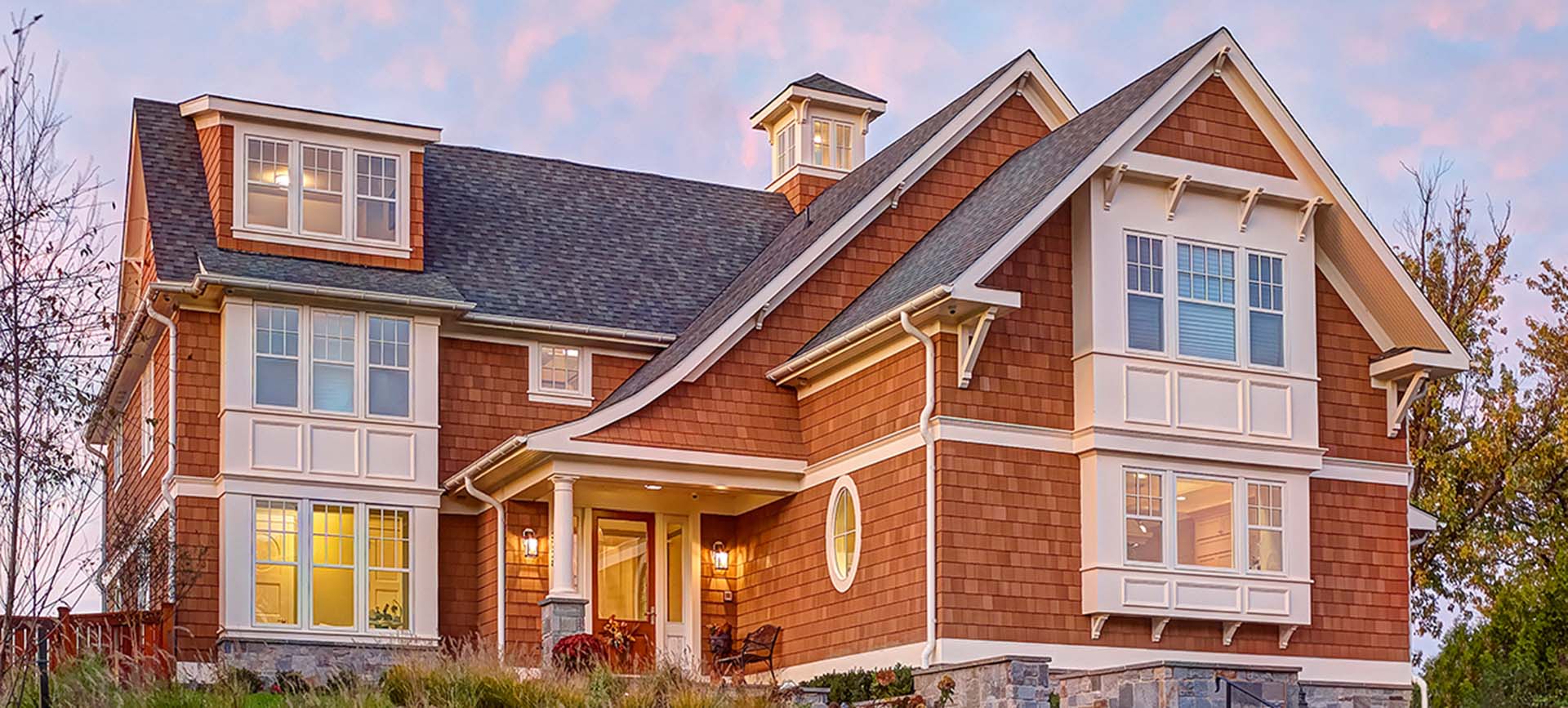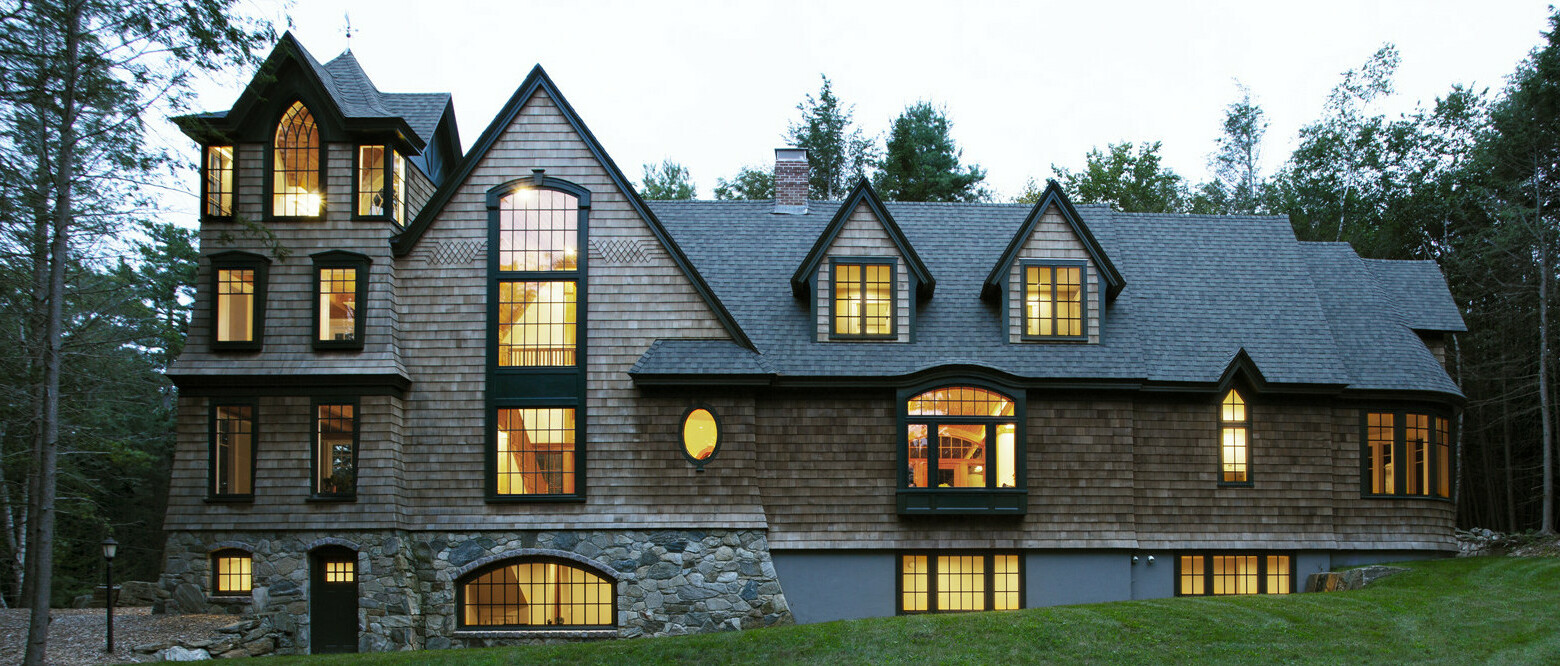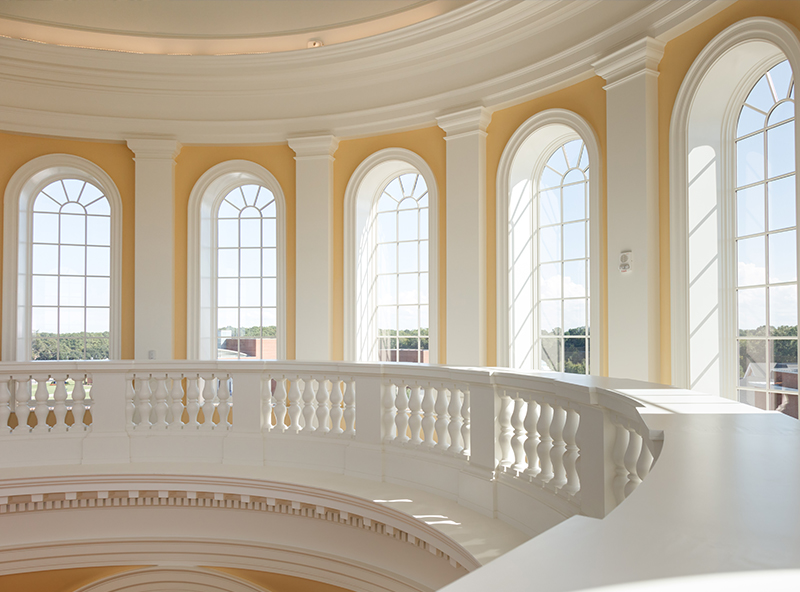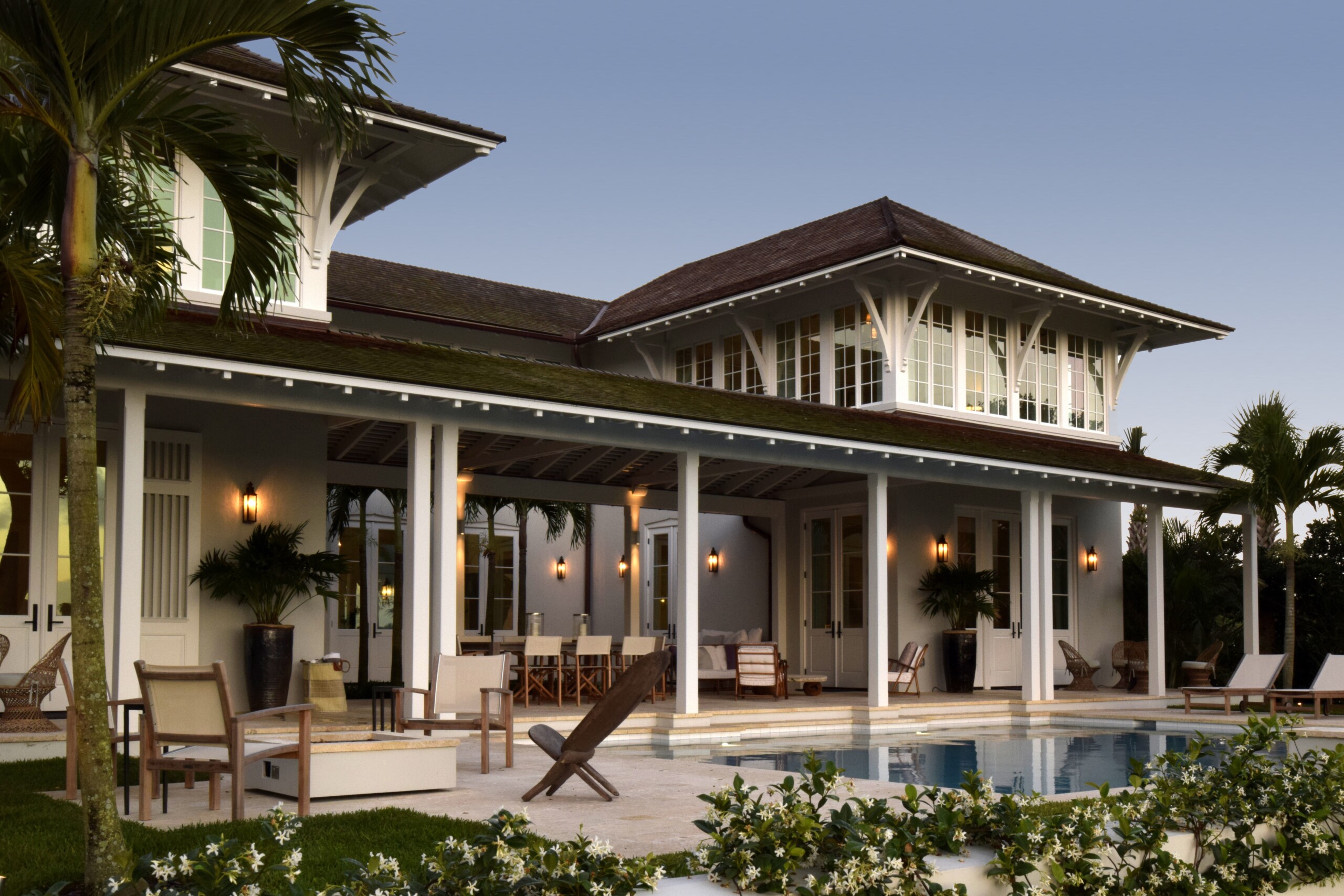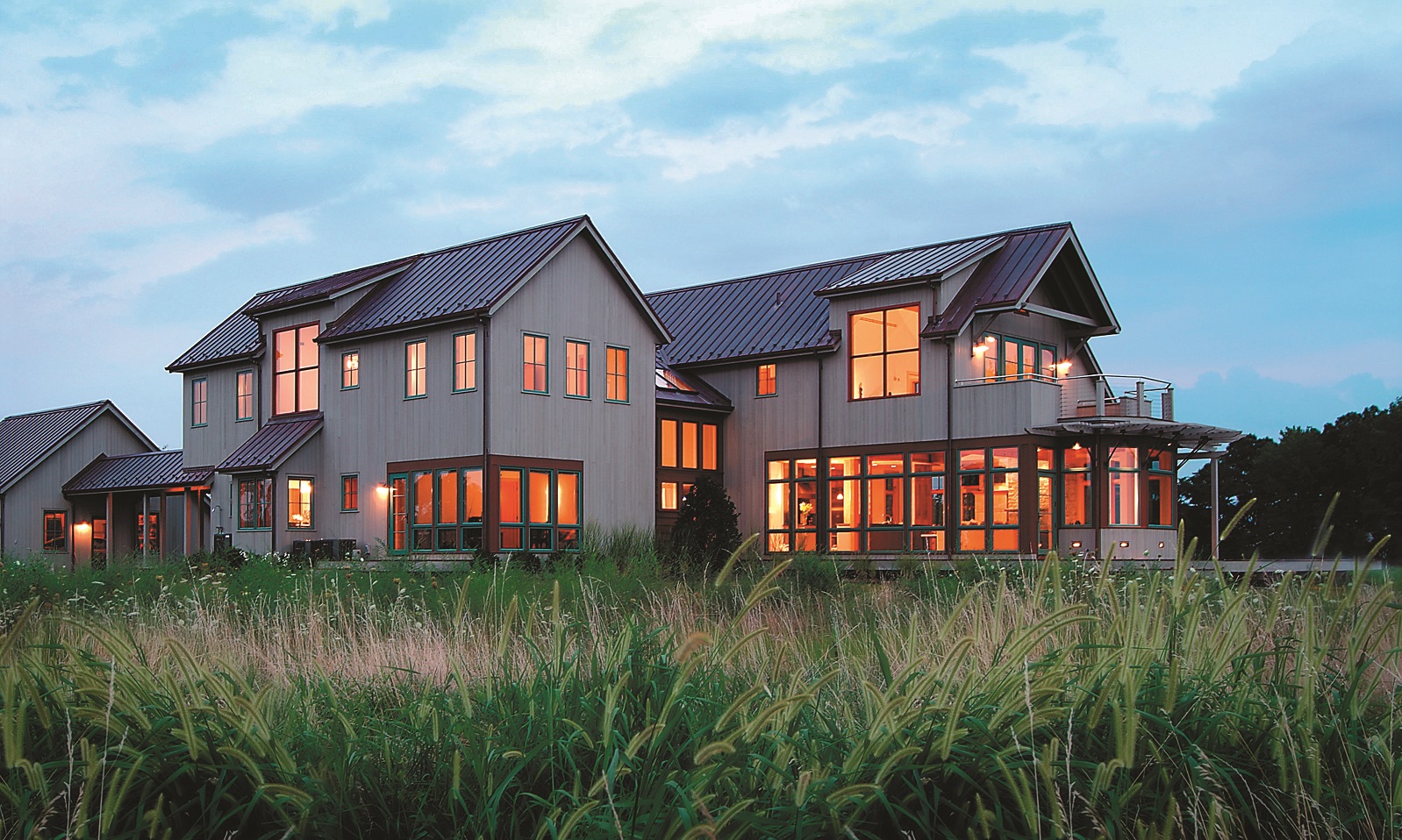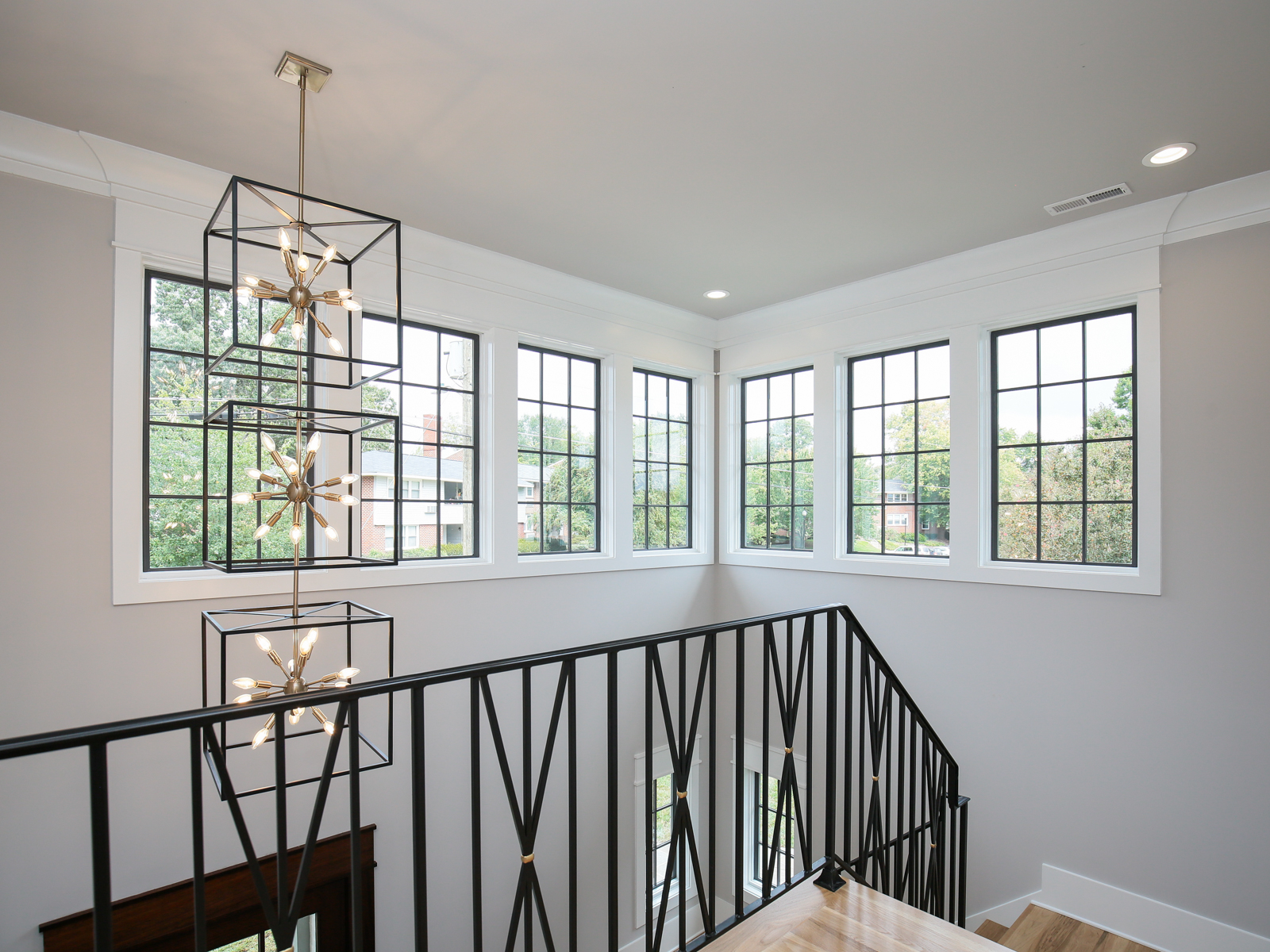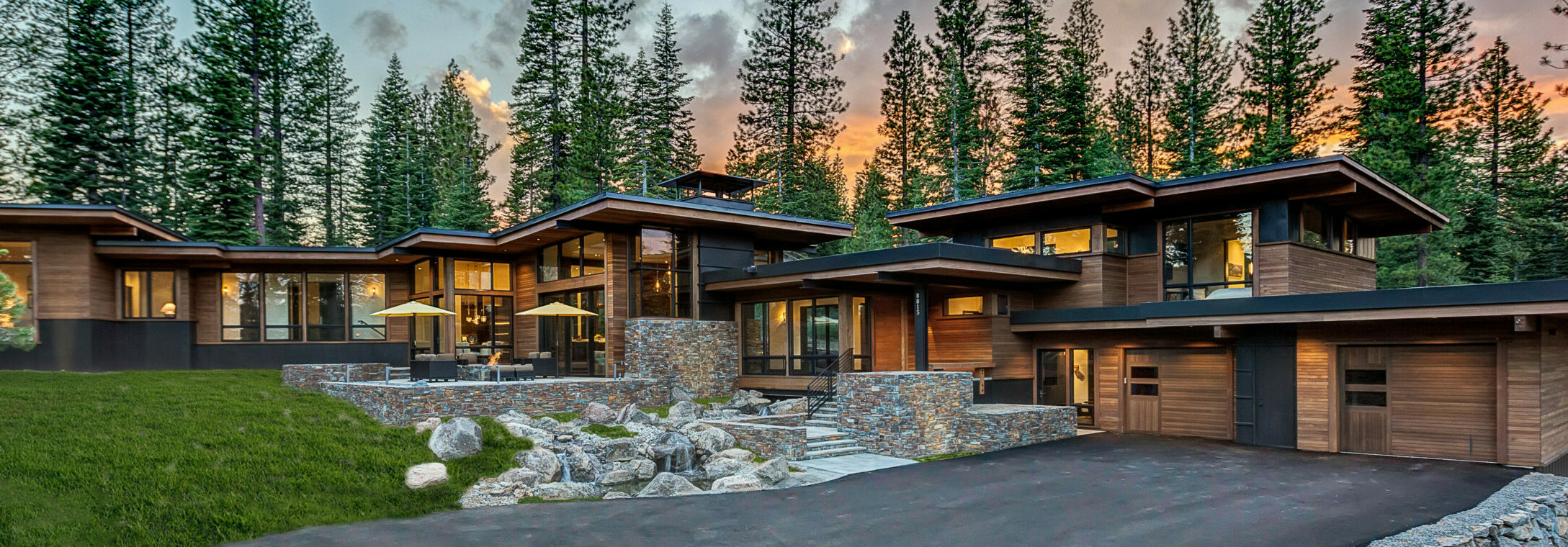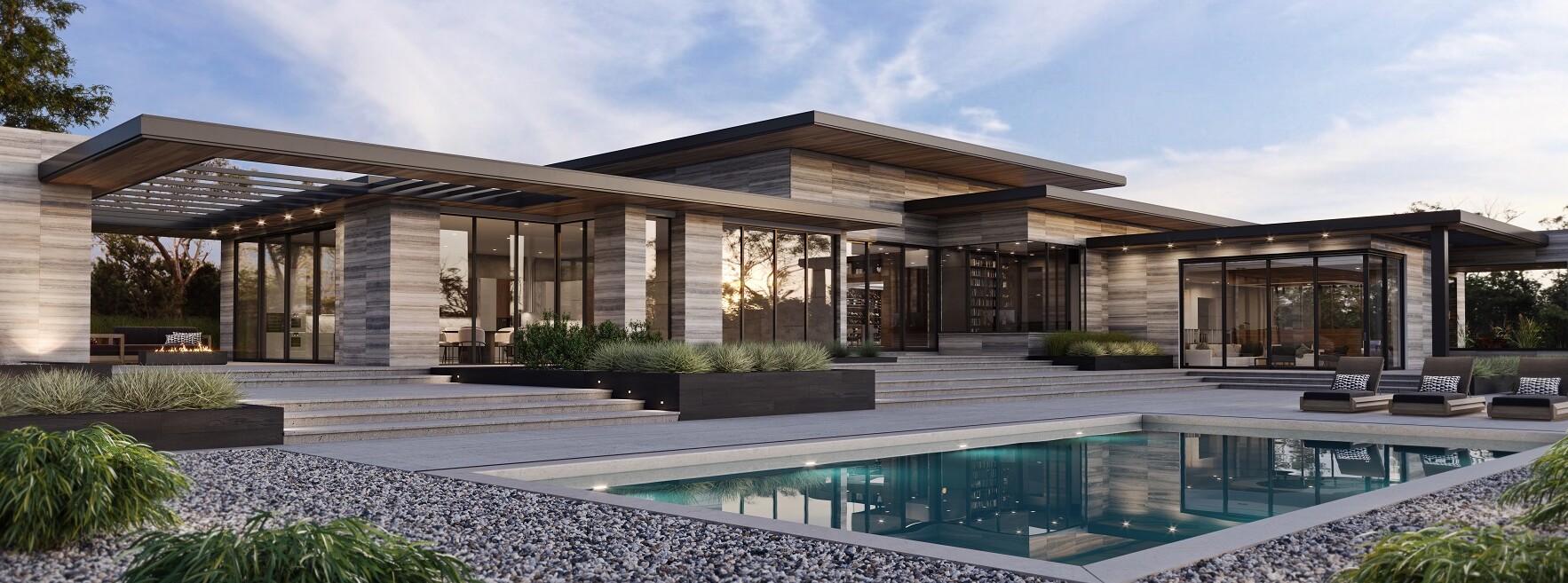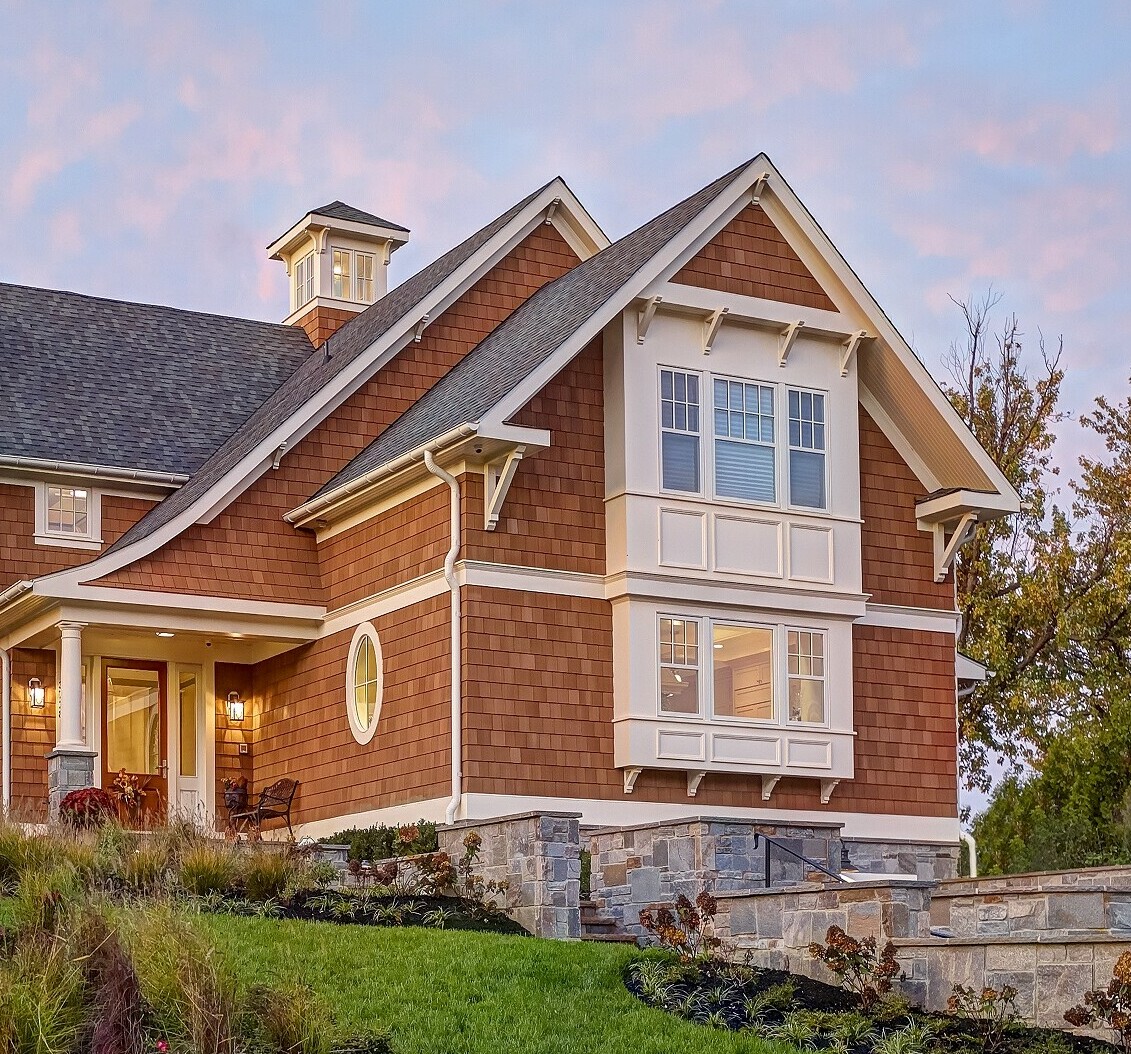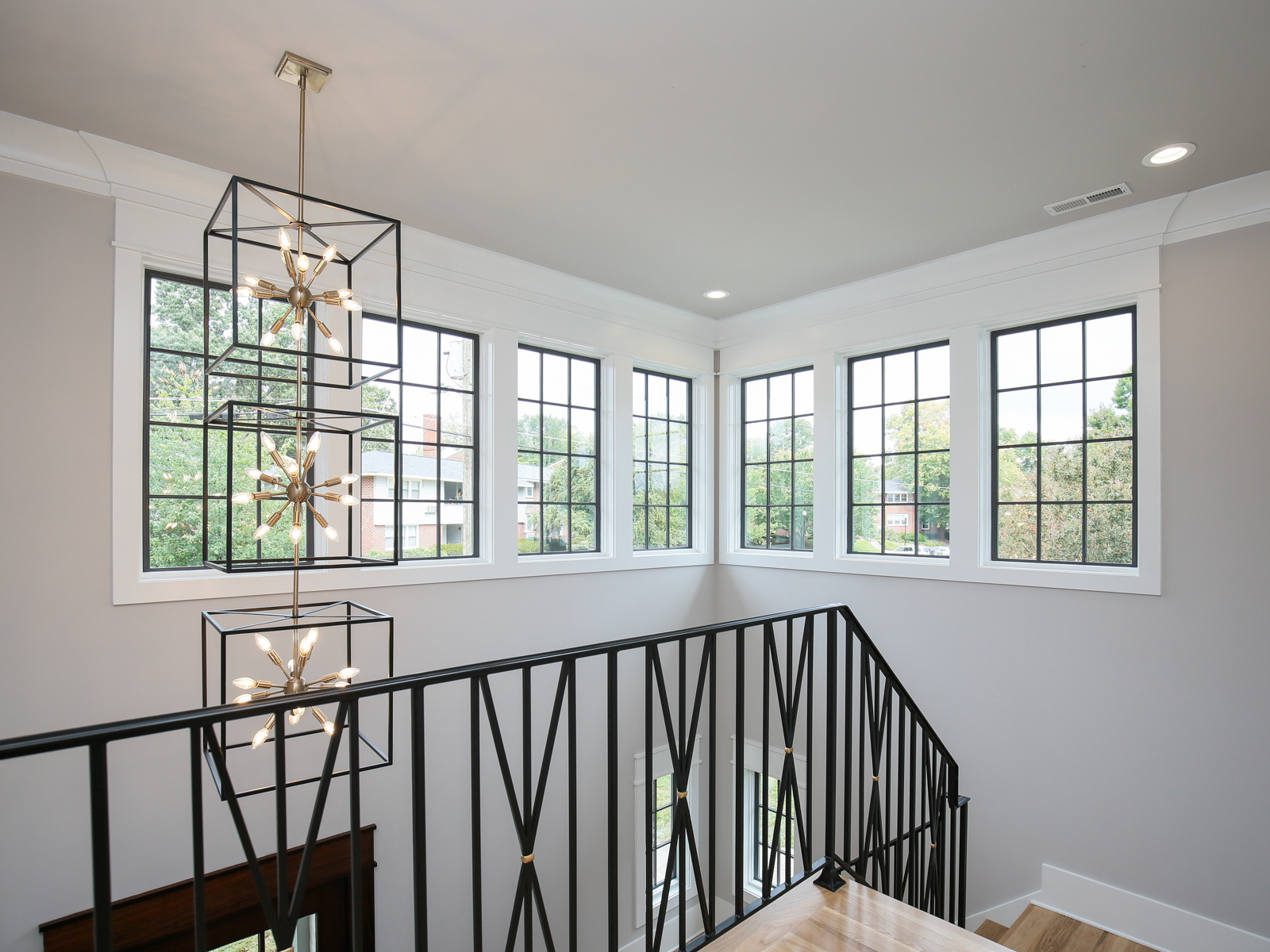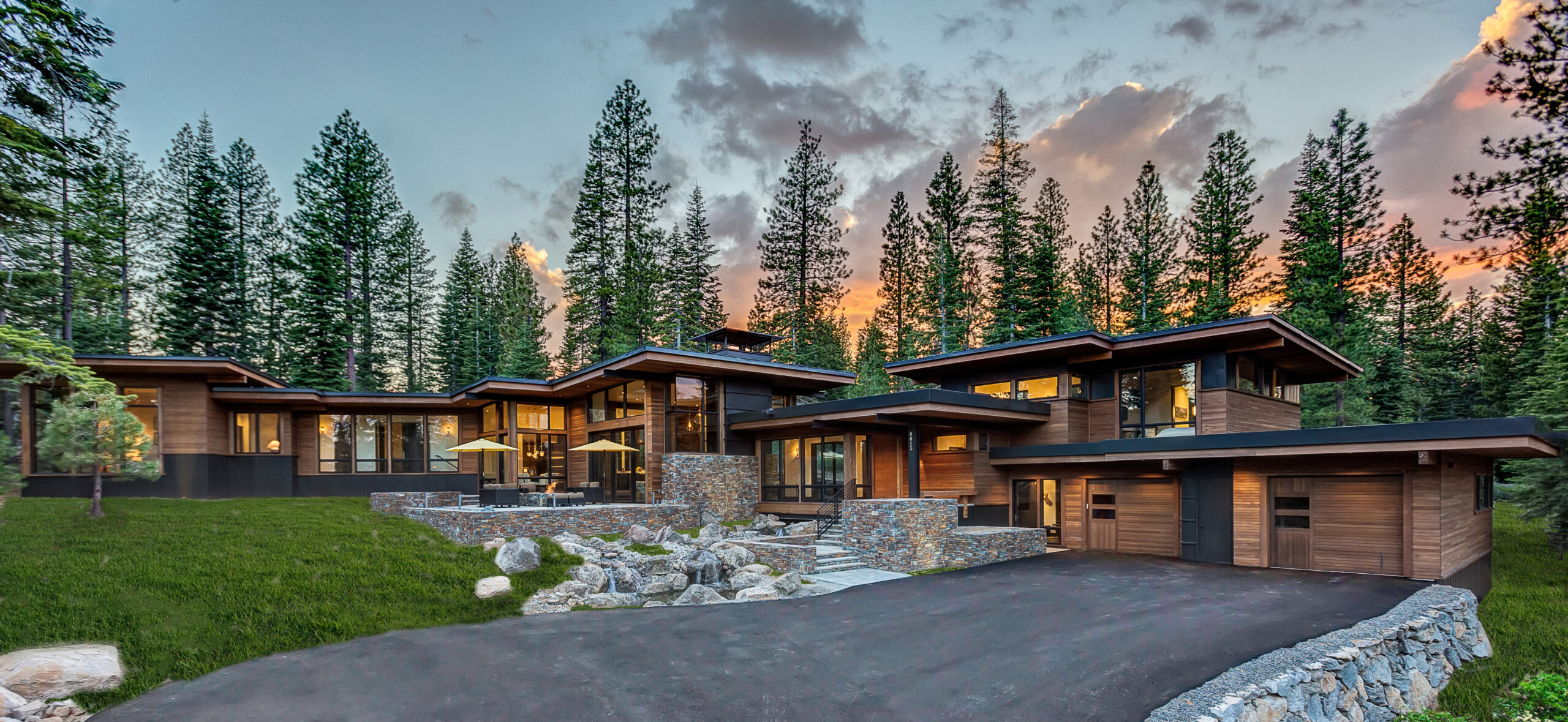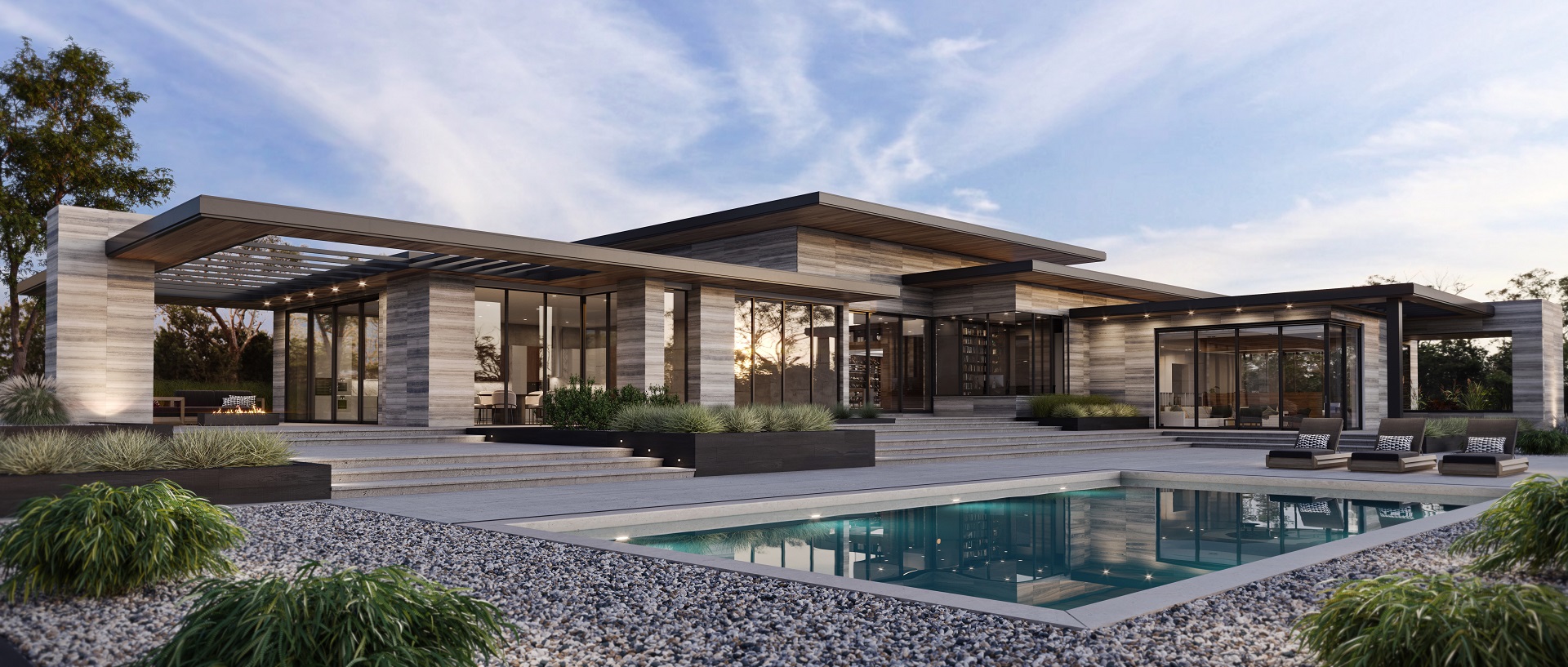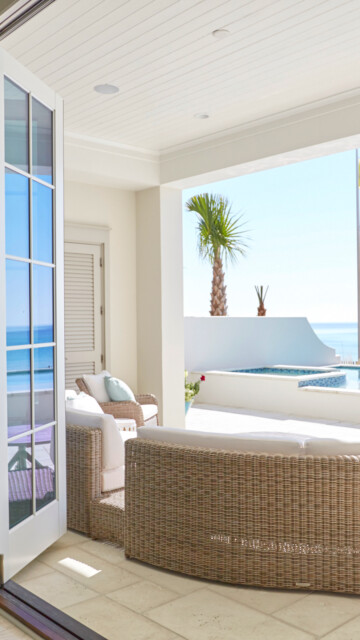
It’s vital then for architects to know best practices for what type glass to use for the appropriate application. In the new Weather Shield AIA course titled “Selecting the Proper Glass for the Appropriate Application” (CES Course 200111), we explore these topics in further detail. Read on to learn about course highlights, as well as how to enroll in a future CEU course.
basic types of glass
Annealed glass (float glass) is ordinary glass used in most window applications. It possesses none of the properties for safety glazing. It breaks into long, sharp splinters.
Tempered glass goes through a rapid cooling process that results in a piece of glass that is four times resistant to impact than annealed glass. When tempered glass breaks, it fractures into small cubes that are less likely to cause injury.
Laminated glass has two separate pieces of glass sandwiched around a clear interlayer typical made from polyvinyl butaryl (PVB). The layers are bonded under high pressure. When impacted the glass fragments remain adhered to the interlayer thus making it a strong barrier against wind-blown debris and forced entry.
The multiple beneftis of laminated glass
There are many benefits to using laminated glass beyond its obvious impact resistance.
Safety glazing – Depending on the interlayer used, laminated glass can meet safety glass requirements.
Windborne debris resistance – Laminated glass provides the most effective protection against windborne debris.
Forced entry protection – Laminated glass will repel repeated blows and prevent penetration through the glazing system.
Acoustical performance – The interlayer in laminated glass acts as a damper for sound waves reducing noise levels.
Fade resistance – The addition of laminated glass can reduce harmful UV-A and UV-B rays that can cause damage to a home’s interiors (floors, furniture, etc.)
various testing requirements
Depending on the performance requirements, a specialty glass option may be required to meet a specific test standard. For example, ASTM F1233 is the standard test method for security glazing materials and systems. ASTM E1886 is the standard test method for performance of exterior windows impacted by missile(s) and exposed to cyclic pressure differentials. ASTM E413 is the classification for rating sound insulation.
Sound transmission class
How well materials block sound is measured by sound transmission class (STC). A laminated glass increases a window’s STC rating – the higher the rating, the greater the sound dampening. Special acoustic interlayers in laminated glass can increase sound reduction performance.
energy efficiency
A low U-factor equals better performance in reducing heating energy, which saves money. Energy-efficient glass with low-E coatings helps achieve a low U-factor.
Solar heat gain coefficient (SHGC) is a measure of how well glass blocks heat from sunlight. Glass that reflects heat off the glass exterior to keep heat out and retain a cool interior temperature in hot months reduces cooling energy and saves money.
Some windows are independently rated, certified and labeled for U-factor, SHGC, VLT and air leakage. Look for a National Fenestration Rating Council energy-performance label on windows.
weather shield aia courses
Weather Shield is committed to expanding the skills and knowledge of design professionals through quality, relevant education. As a registered AIA/CES provider, Weather Shield offers informative AIA-registered continuing education courses for architects. For more information, visit the Continuing Education section on www.weathershield.com.


